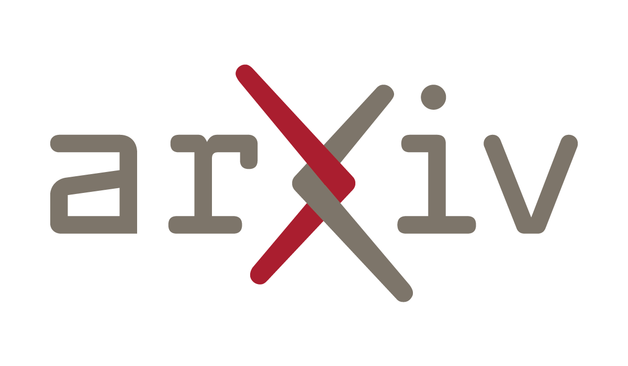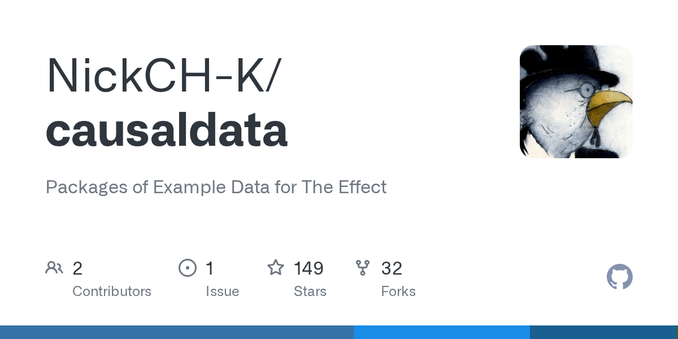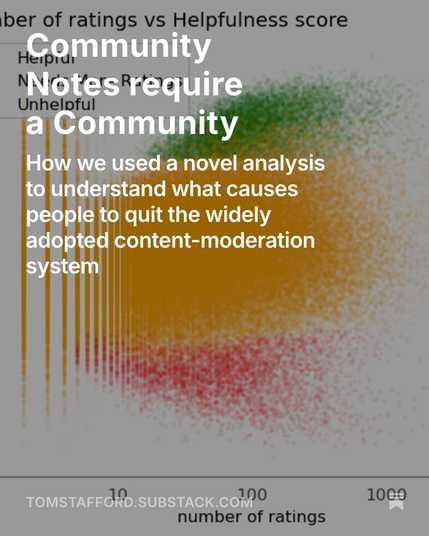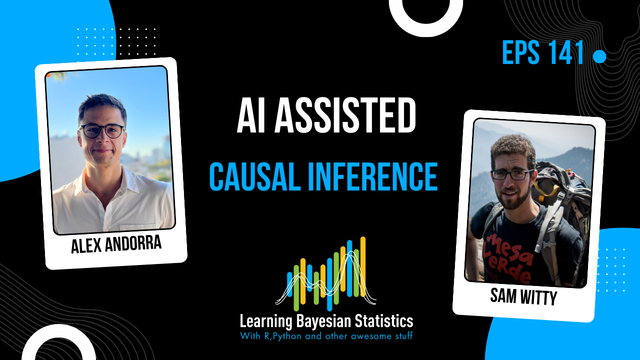#statstab #456 Shall we count the living or the dead?
Thoughts: survival ratio -> if the intervention increases risk of the outcome
risk ratio -> if the intervention reduces risk of the outcome

Shall we count the living or the dead?
In the 1958 paper "Shall we count the living or the dead?", Mindel C. Sheps proposed a principled solution to the familiar problem of asymmetry of the relative risk. We provide causal models to clarify the scope and limitations of Sheps' line of reasoning, and show that her preferred variant of the relative risk will be stable between patient groups under certain biologically interpretable conditions. Such stability is useful when findings from an intervention study must be generalized to support clinical decisions in patients whose risk profile differs from the participants in the study. We show that Sheps' approach is consistent with a substantial body of psychological and philosophical research on how human reasoners carry causal information from one context to another, and that it can be implemented in practice using van der Laan et al's Switch Relative Risk, or equivalently, using Baker and Jackson's Generalized Relative Risk Reduction (GRRR).




